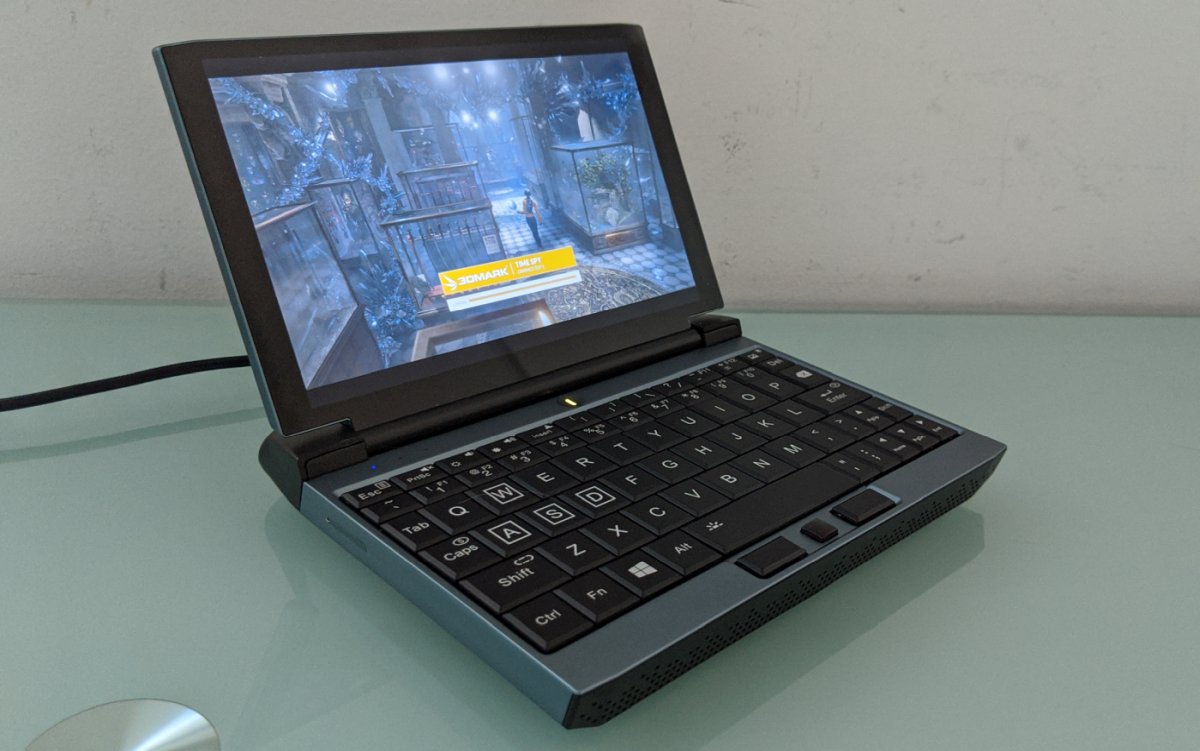IntelUser2000
Elite Member
- Oct 14, 2003
- 8,686
- 3,787
- 136
This is CPU TDP versus Soc package TDP isn't it? Aside from this, an 8 core won't lose in Cinebench MT against 4 cores unless it has a really big IPC and clock deficit which is not the case.
The 4 core Tigerlake Y should get pretty close there too.
You can see the HWInfo screenshot. It's CPU package power.
I can say the Ryzen 4000 Mobile CPU is really efficient for CPU workloads. The fact that the 8 core can do that without throttling excessively is amazing since at 10W uncore power starts dominating, and it also means the frequency doesn't drop drastically as voltage drops. Yet here we are. Ryzen 4000 isn't even meant for 10W operations.
Page 129 - Speculation: Ryzen 4000 series/Zen 3
Page 129 - Seeking answers? Join the AnandTech community: where nearly half-a-million members share solutions and discuss the latest tech.
320 in Cinebench R15 MT with just a case fan a meter away and without a heatsink(nevermind a fan). That's a 6C 6T BTW.
I know process is a big factor there because the TSMC 7nm is quite efficient. Intel can tout density all day long but based on Icelake the power efficiency is seriously behind.
Last edited:






